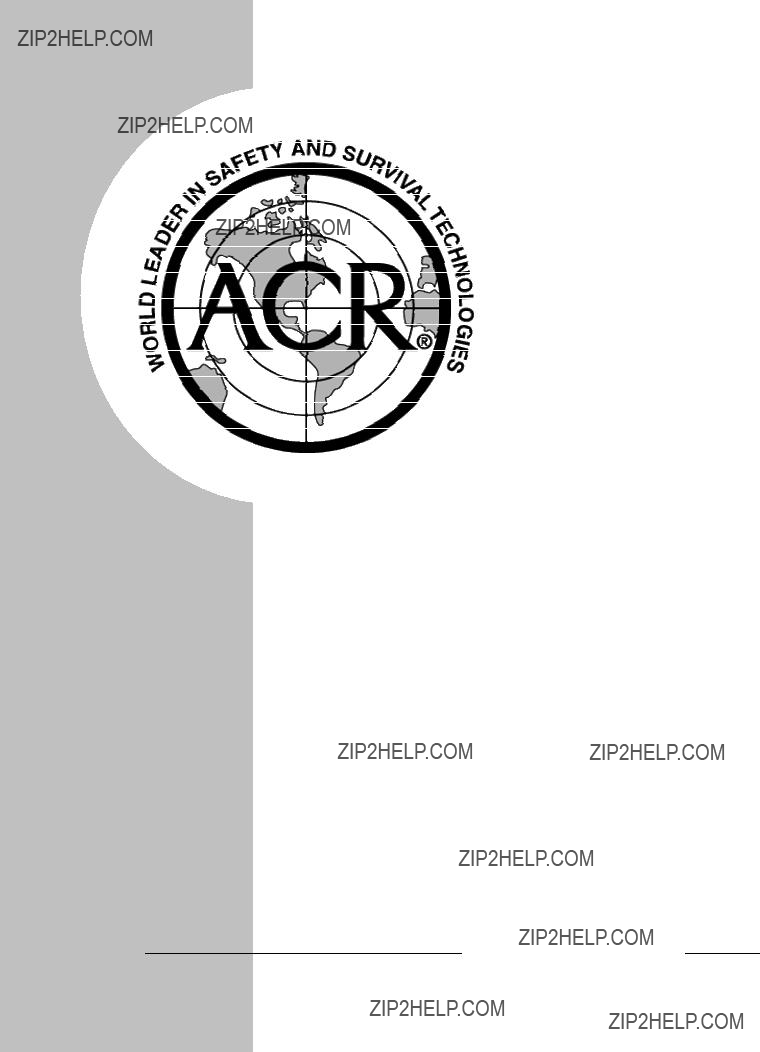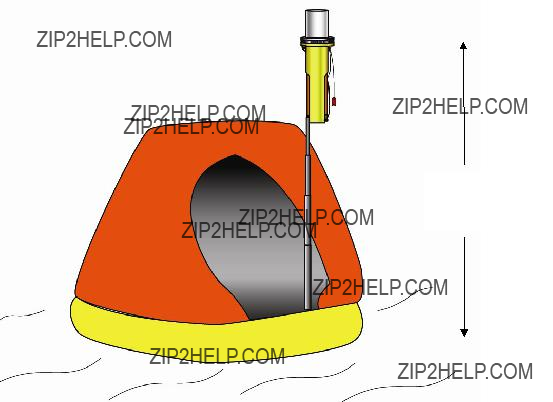9.0Vessel Mounting
To deploy SART on board a distressed vessel, rather than a life raft, hang SART near vertical as high as possible, with a clear view of the horizon. The SART must not be obscured by metal bulkheads etc.
Installation
The SART should be mounted inside the vessel, next to an emergency exit. Some ships require 2 SARTs one by a port exit and one by a starboard exit. Mount each SART as follows . . .
???Mount in plain view, at a convenient height, so that all crew can easily remove the SART.
???Position at least 1 meter from the ship???s compass.
The SART mounting bracket should be bolted to a bulkhead using four (4) suitable M6 (1/4") bolts. The equipment does not include mounting hardware for the bracket, as it will depend on the bulkhead material and its thickness. Bracket mounting holes and SART mounting details are shown in figure 7.
To install SART:
Remove SART from its packaging and check for shipping damage.
Perform the SART test (see Testing and Maintenance procedures on page 15).
Select a position for SART Mounting allowing sufficient space for the assembly.
!NOTE: The SART contains magnetic material. Ensure that the position that you select is at least 3 feet (1 meter) away from compass installations.
Drill holes to dimensions shown on figure 7.
Place bracket in position and secure to bulkhead as follows:
Remove the SART from the bracket.
Position bracket at the correct position for maximum visibility
Mark position of bracket fixing holes.
Drill holes to suit mounting fixtures.
Secure bracket to bulkhead.
Mount SART on the bracket (see figure 7).
Secure SART with Velcro strap.







 Pull Tab
Pull Tab 








